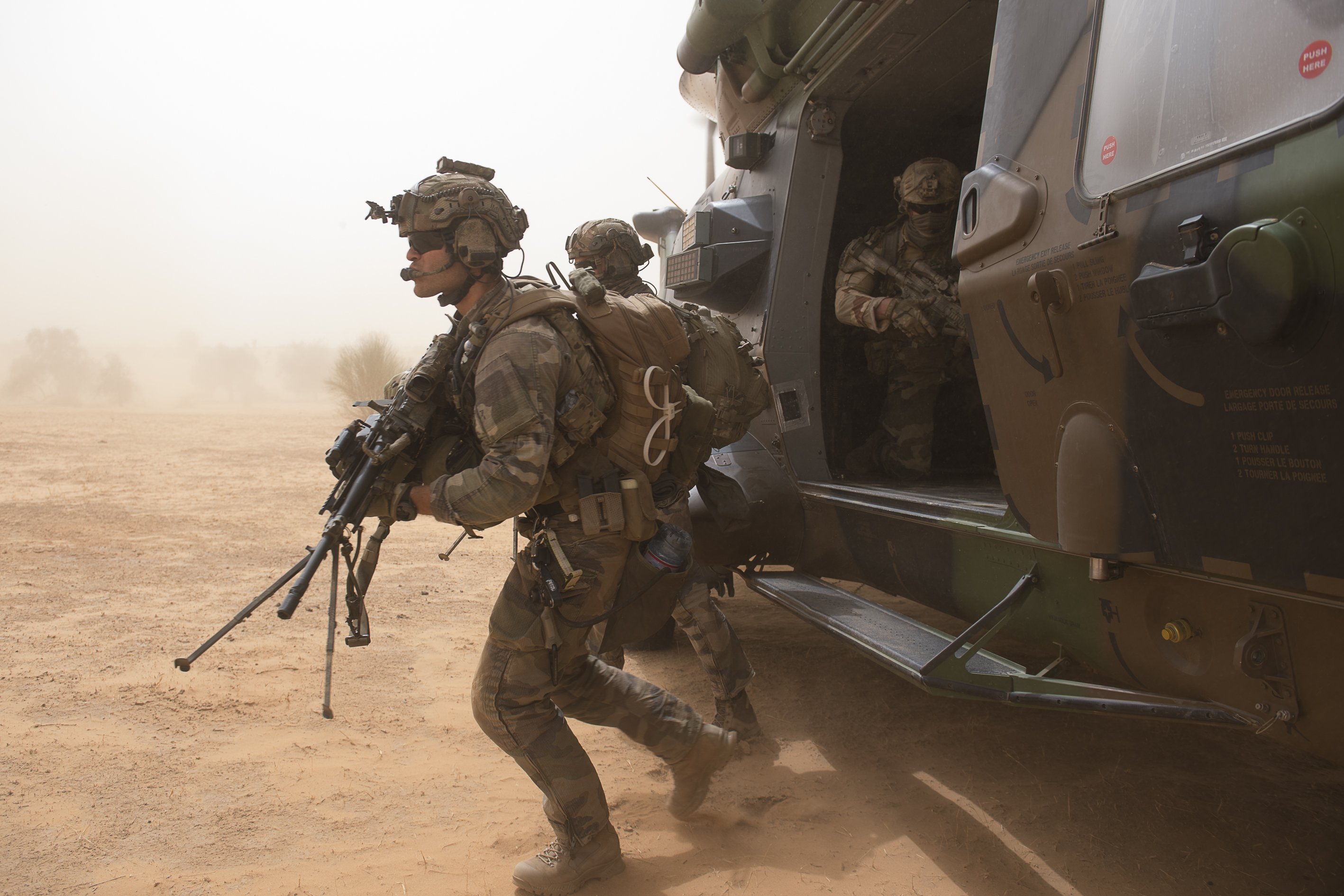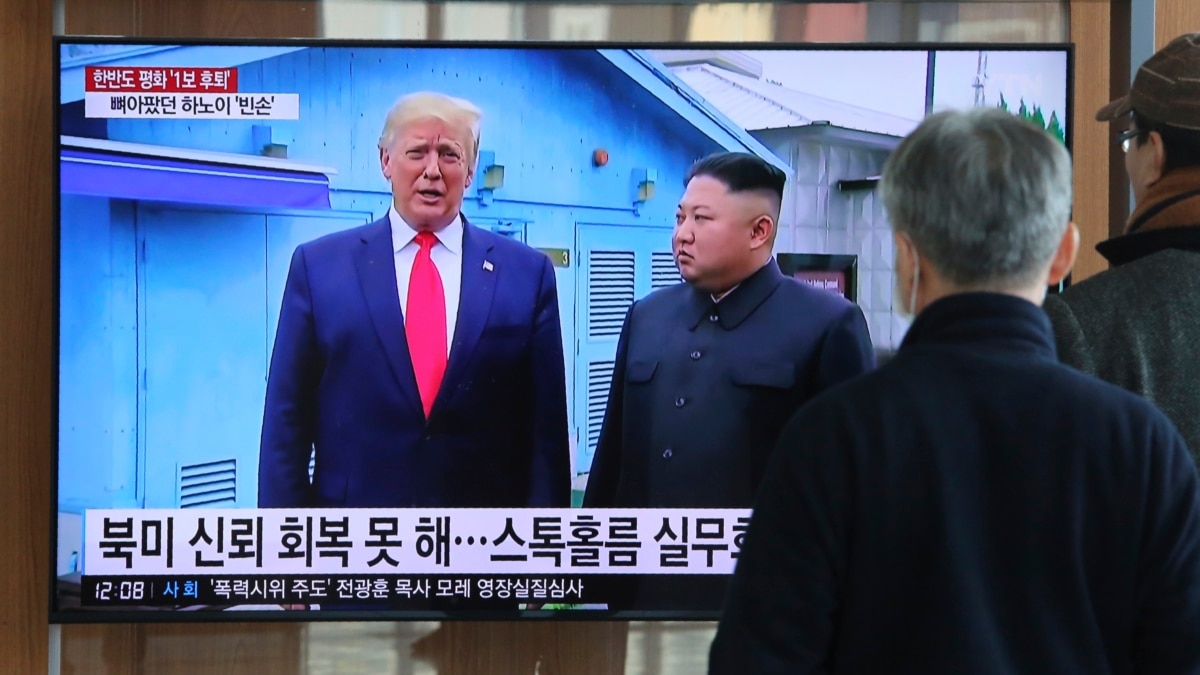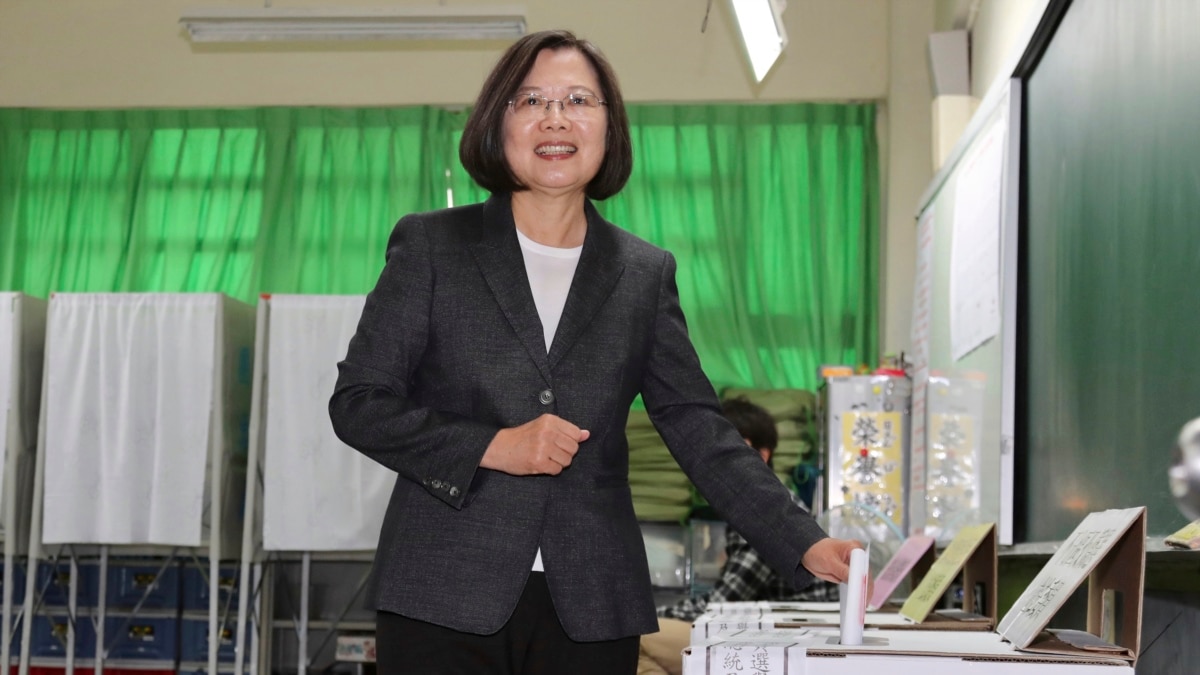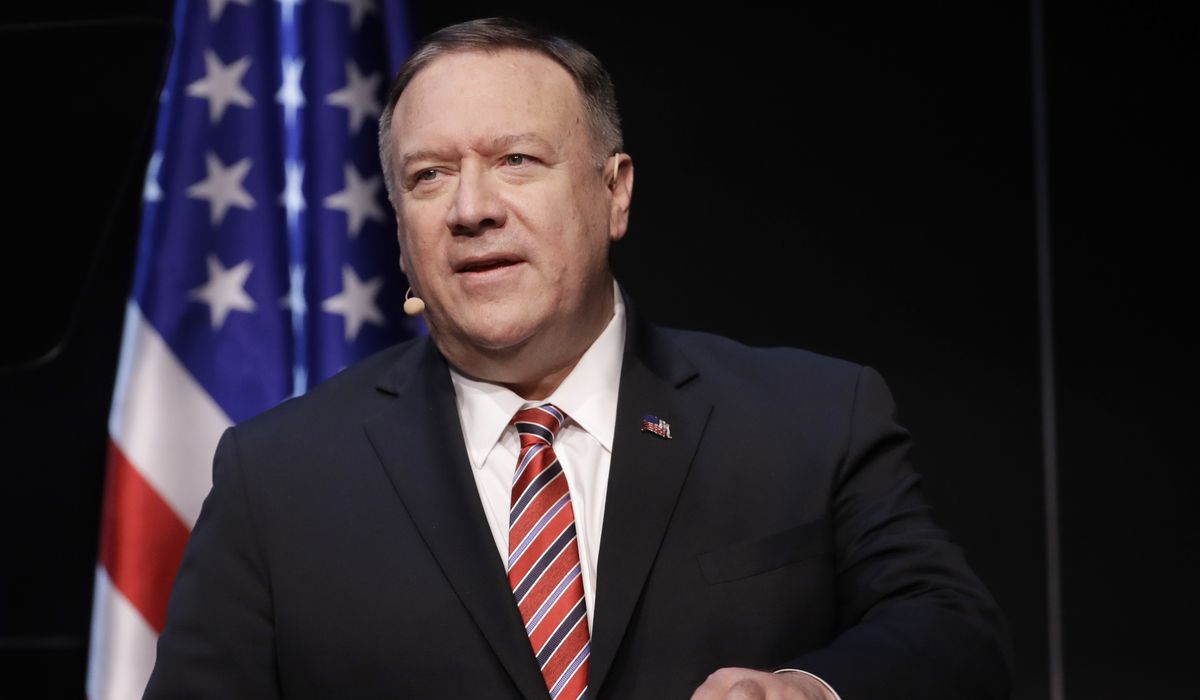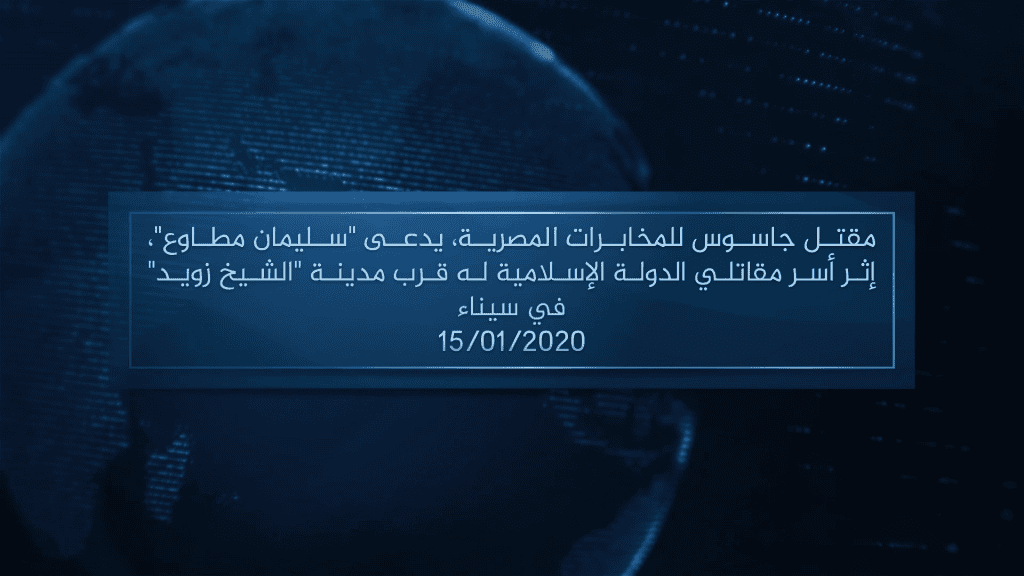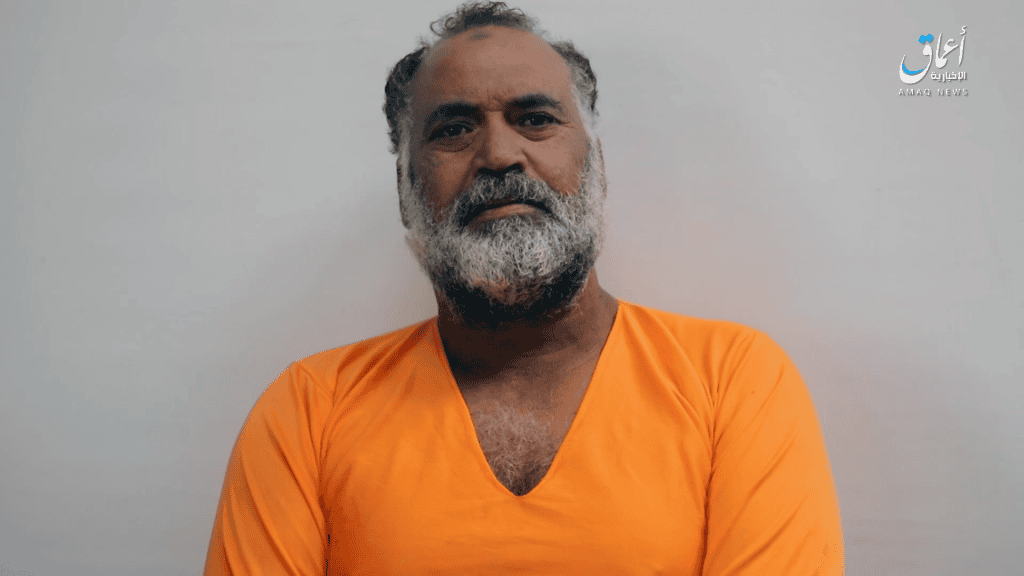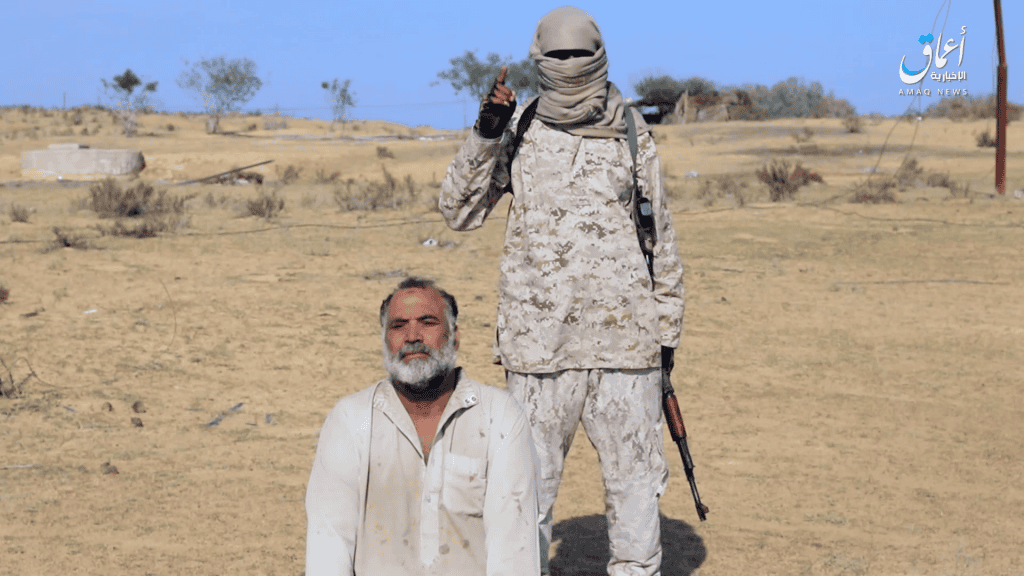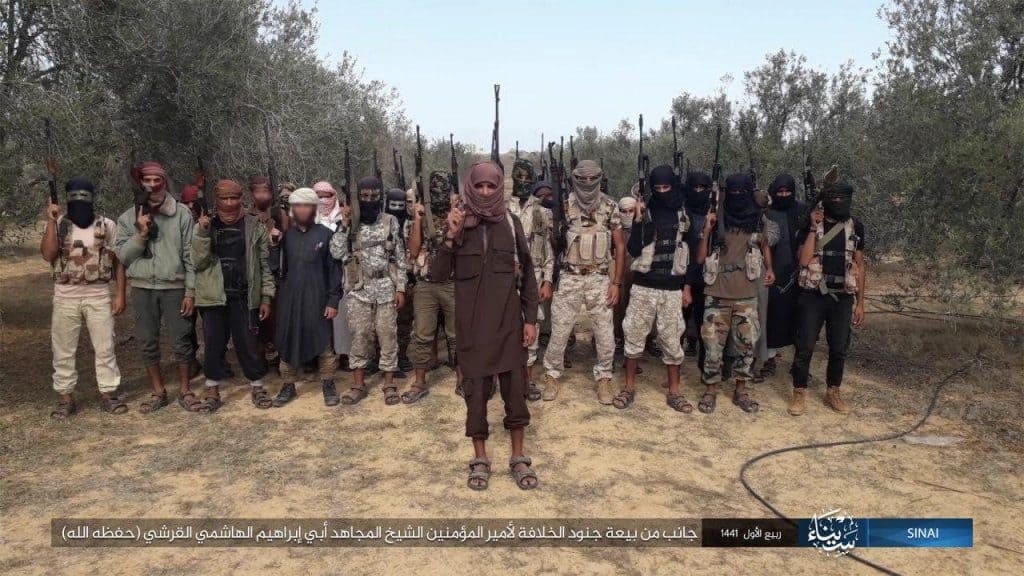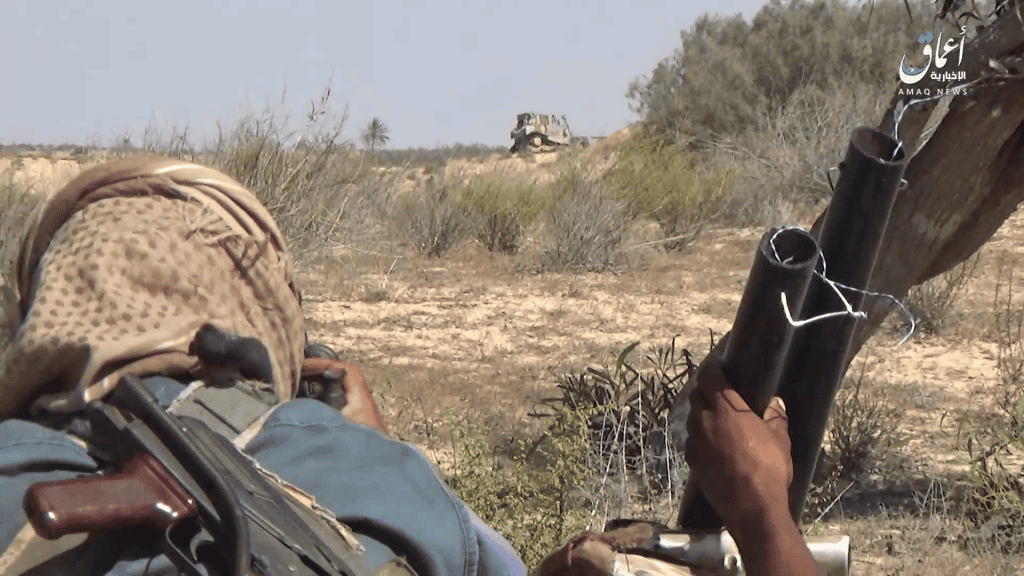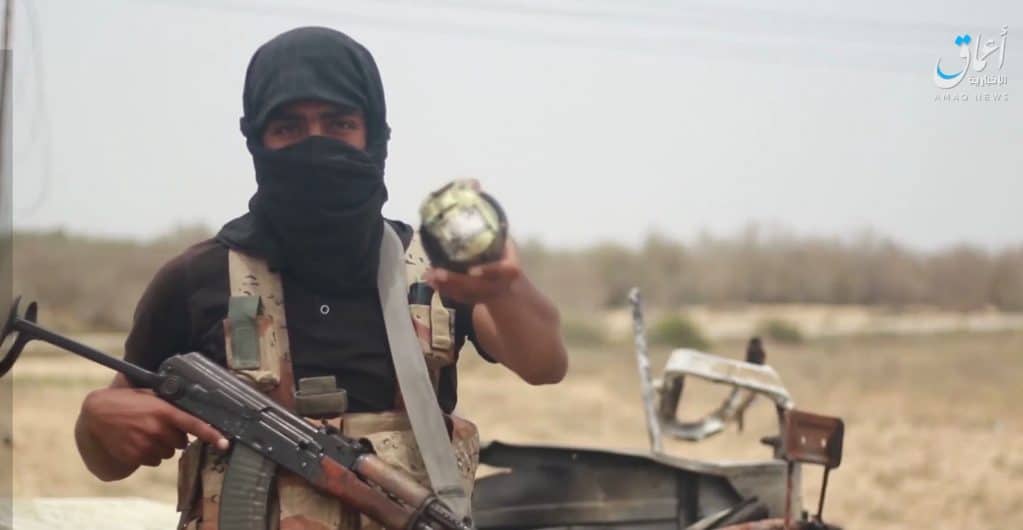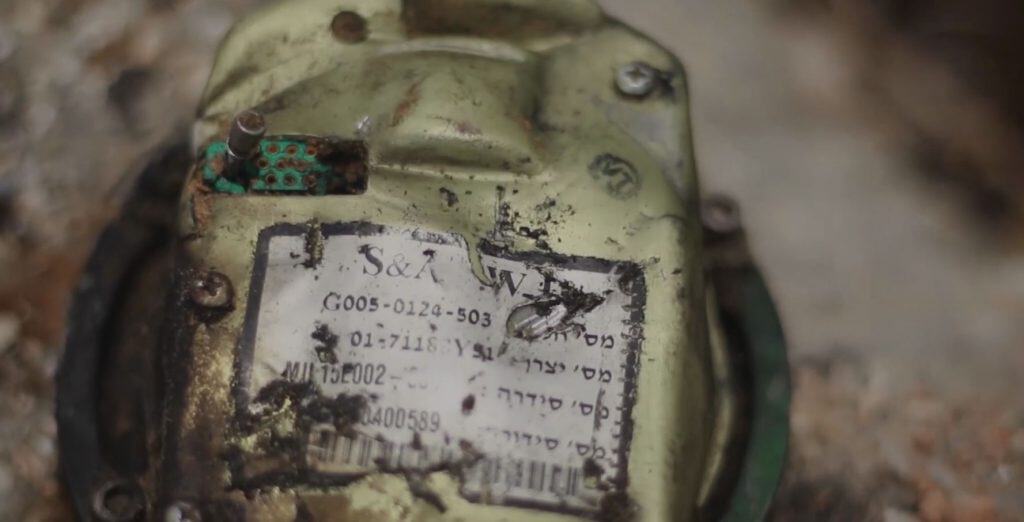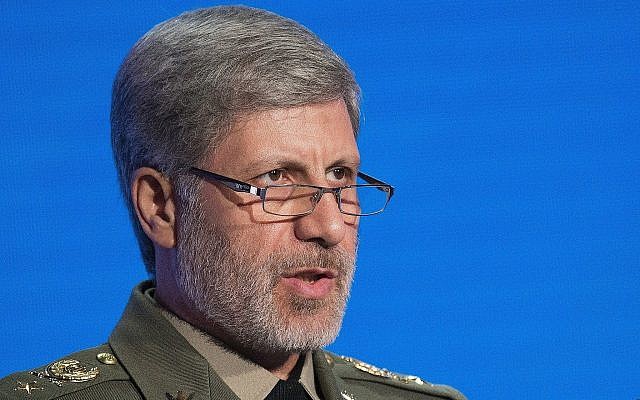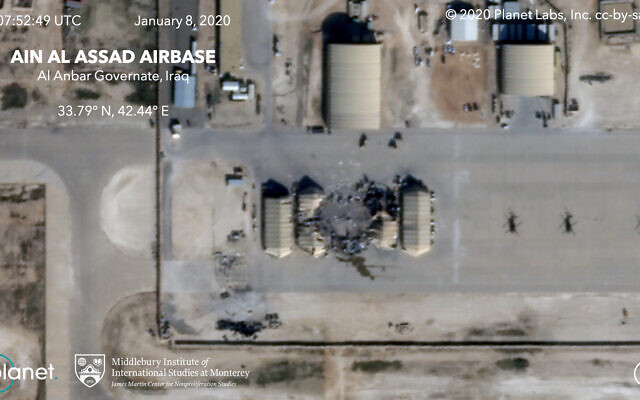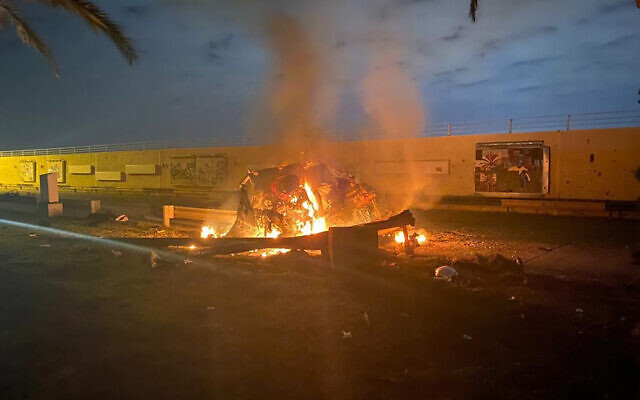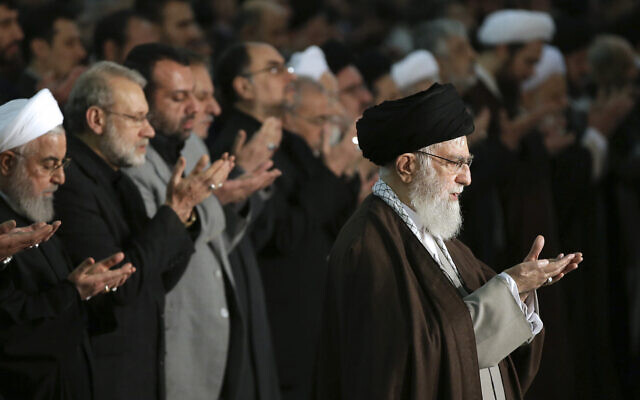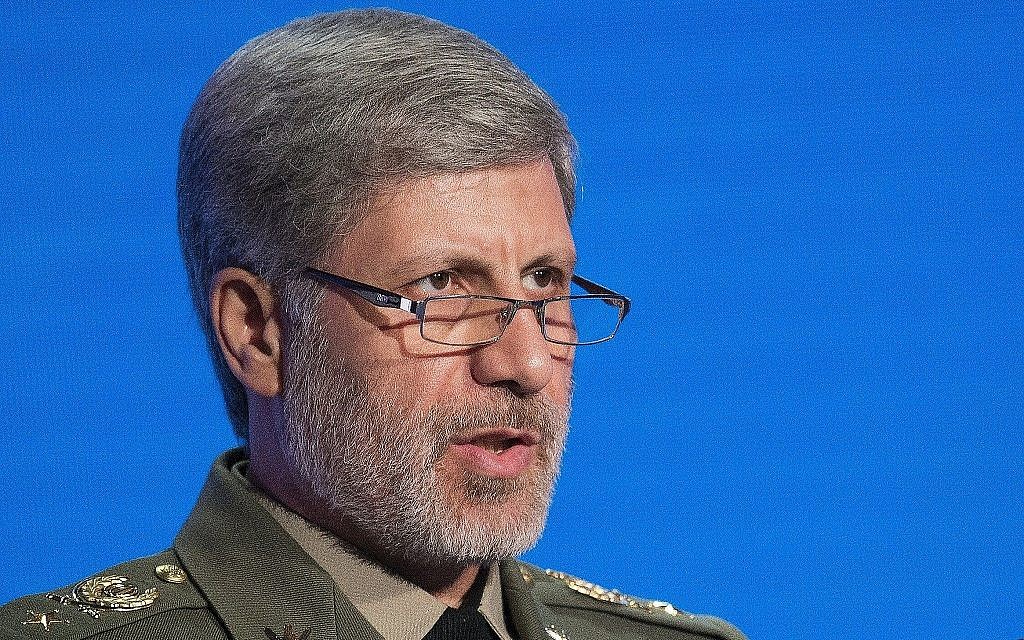Sorry for the delay....HC
(400) 12-28-2019 -to- 01-03-2020__****THE****WINDS****of****WAR****
WAR - 12-28-2019-to-01-03-2020___****THE****WINDS****of****WAR****
(401) 01-04-2020-to-01-10-2020___****THE****WINDS****of****WAR****
 xf.timebomb2000.com
xf.timebomb2000.com
---------------
Hummm....
Posted for fair use.....
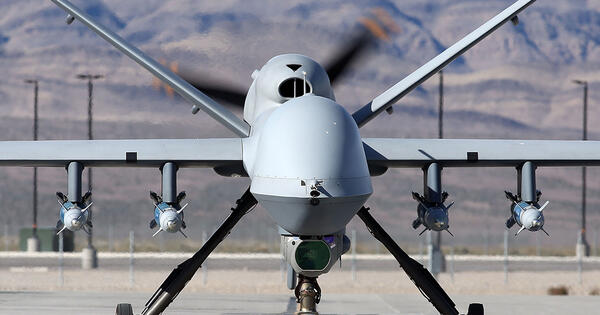
 insights.som.yale.edu
insights.som.yale.edu
The Suleimani Killing and the New Order of Armed Conflict
Paul Bracken January 10, 2020
The killing of Iran’s Qassim Suleimani exposed the developing power of military technology and intelligence to pinpoint enemy leaders from afar in real time. We asked Paul Bracken, a professor of management and political science, what this dramatic capability means for modern warcraft.
What does the Suleimani killing say about the expansion of the U.S. military’s ability to target specific individuals?
What we are seeing is the B2B digital revolution transforming military affairs the way it’s transforming business. Cloud computing, data analytics, AI, and cyber can now be used for new tasks that were unimaginable a few years ago. In this instance, it was tracking a leadership target in real time. It’s an apt business case study of technology leadership; i.e., of deciding the direction to take an organization, and using new technology to get there.
How does it change strategy when one or more combatants have this capability?
This is a good question. We don’t understand the strategic interactions of two or more countries with these capabilities. I would put it like this. The U.S., China, and others are on a learning curve. It’s a dangerous learning curve for sure, because they need to figure out what the accepted rules of behavior are so that the interaction doesn’t erupt into uncontrolled war. In some ways, this is like the new order now developing in fintech, retail, and social media—but much more dangerous. The old arms control regime from the Cold War is totally obsolete for this world. We need a great deal of work in this area to develop a replacement structure.
What other lessons do you draw from the U.S.-Iran conflict?
It’s worth pointing out that Iran sent advance signals to Washington through back channels and open communications in the clear to warn the U.S. by several hours of their impending attack on two military bases housing U.S. troops in Iraq. That’s one reason no one was killed in the strikes. This is fascinating, because it reveals the subtle use of communication and bargaining in high-tech arenas. Right now, Facebook, Google, and others are doing something similar: signaling regulatory authorities in the EU and Washington about what they’d consider “acceptable” regulation. These government authorities, in turn, are signaling the technology companies. De-escalation and signaling are important in both war and business.

Paul Bracken
Professor of Management & Professor of Political Science
(400) 12-28-2019 -to- 01-03-2020__****THE****WINDS****of****WAR****
WAR - 12-28-2019-to-01-03-2020___****THE****WINDS****of****WAR****
(401) 01-04-2020-to-01-10-2020___****THE****WINDS****of****WAR****
WAR - 01-04-2020-to-01-10-2020___****THE****WINDS****of****WAR****
Sorry for the delay....HC (399) 12-14-2019-to-12-20-2019___****THE****WINDS****of****WAR**** WAR - 12-14-2019-to-12-20-2019___****THE****WINDS****of****WAR**** WAR -...
---------------
Hummm....
Posted for fair use.....

The Suleimani Killing and the New Order of Armed Conflict
We asked Paul Bracken, a professor of management and political science, what the capability to pinpoint enemy leaders from afar in real time means for modern warcraft.
The Suleimani Killing and the New Order of Armed Conflict
Paul Bracken January 10, 2020
The killing of Iran’s Qassim Suleimani exposed the developing power of military technology and intelligence to pinpoint enemy leaders from afar in real time. We asked Paul Bracken, a professor of management and political science, what this dramatic capability means for modern warcraft.
What does the Suleimani killing say about the expansion of the U.S. military’s ability to target specific individuals?
What we are seeing is the B2B digital revolution transforming military affairs the way it’s transforming business. Cloud computing, data analytics, AI, and cyber can now be used for new tasks that were unimaginable a few years ago. In this instance, it was tracking a leadership target in real time. It’s an apt business case study of technology leadership; i.e., of deciding the direction to take an organization, and using new technology to get there.
How does it change strategy when one or more combatants have this capability?
This is a good question. We don’t understand the strategic interactions of two or more countries with these capabilities. I would put it like this. The U.S., China, and others are on a learning curve. It’s a dangerous learning curve for sure, because they need to figure out what the accepted rules of behavior are so that the interaction doesn’t erupt into uncontrolled war. In some ways, this is like the new order now developing in fintech, retail, and social media—but much more dangerous. The old arms control regime from the Cold War is totally obsolete for this world. We need a great deal of work in this area to develop a replacement structure.
What other lessons do you draw from the U.S.-Iran conflict?
It’s worth pointing out that Iran sent advance signals to Washington through back channels and open communications in the clear to warn the U.S. by several hours of their impending attack on two military bases housing U.S. troops in Iraq. That’s one reason no one was killed in the strikes. This is fascinating, because it reveals the subtle use of communication and bargaining in high-tech arenas. Right now, Facebook, Google, and others are doing something similar: signaling regulatory authorities in the EU and Washington about what they’d consider “acceptable” regulation. These government authorities, in turn, are signaling the technology companies. De-escalation and signaling are important in both war and business.

Paul Bracken
Professor of Management & Professor of Political Science

